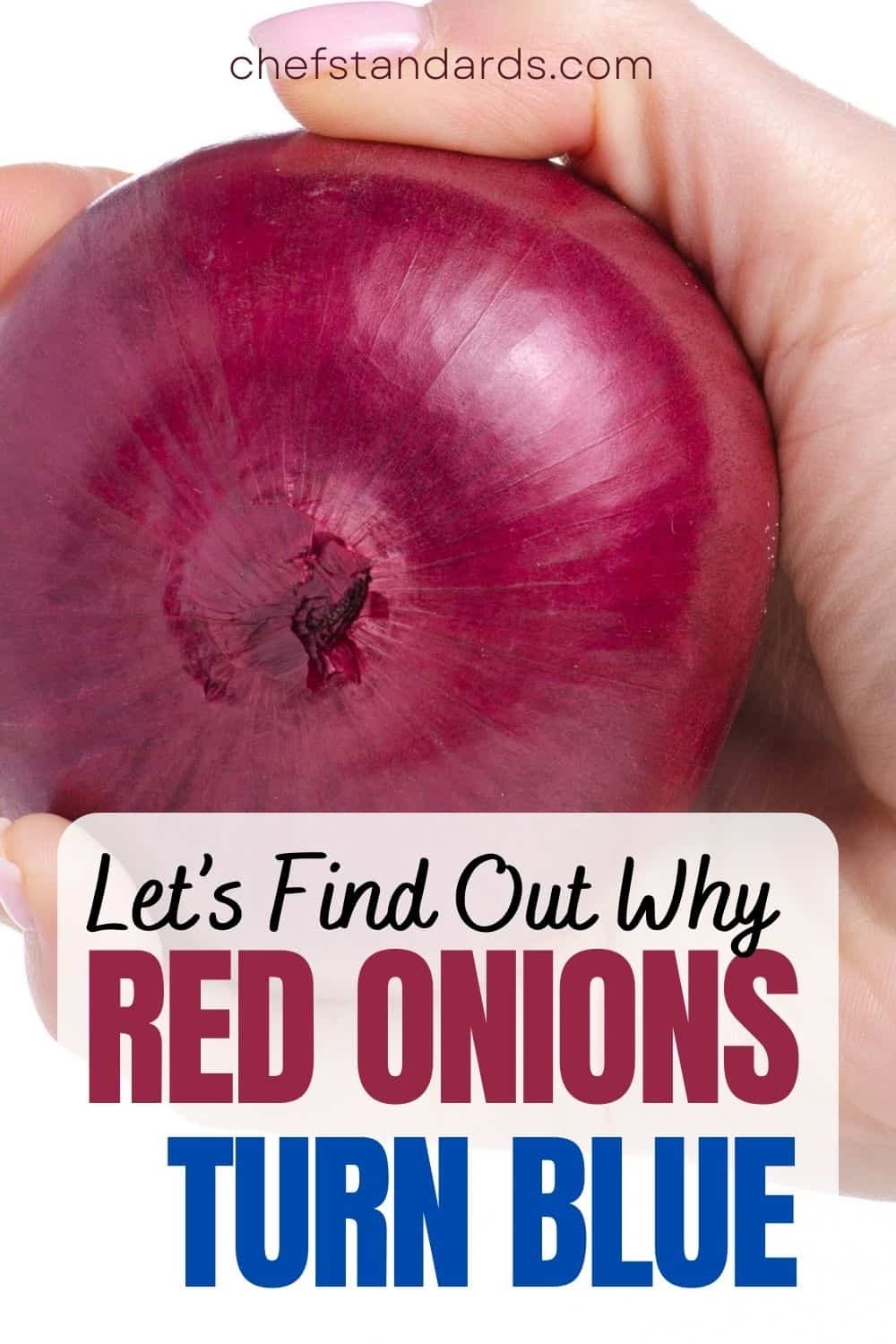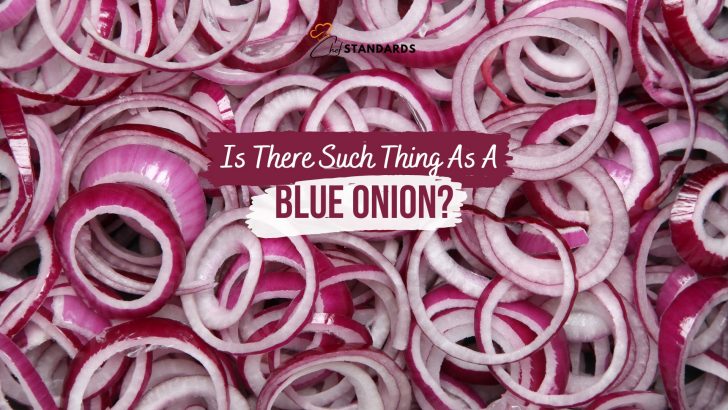I’m one of those people who used to think that blue onions exist. To my disappointment, they don’t. HOWEVER, red onions can turn blue under specific circumstances (e.g. when you combine them with certain foods).
We’ll talk about that below.
Blue Onions Don’t Exist!
I wrote this headline only to make sure that everyone read it. Okay, now we can get to the point in the next paragraph.
But Red Onions Can Turn Blue When You Cook Them
Why?
Red onions (like cherries and cabbage) contain pigments known as anthocyanins, unlike some other types, like sweet or yellow onions, for example.
Now, if you combine that pigment with acidic or alkaline elements (read: foods), red onions will change their color. Their color will be intensified, or they will turn blue, green, or blue-green.
Allow me to elaborate on this.
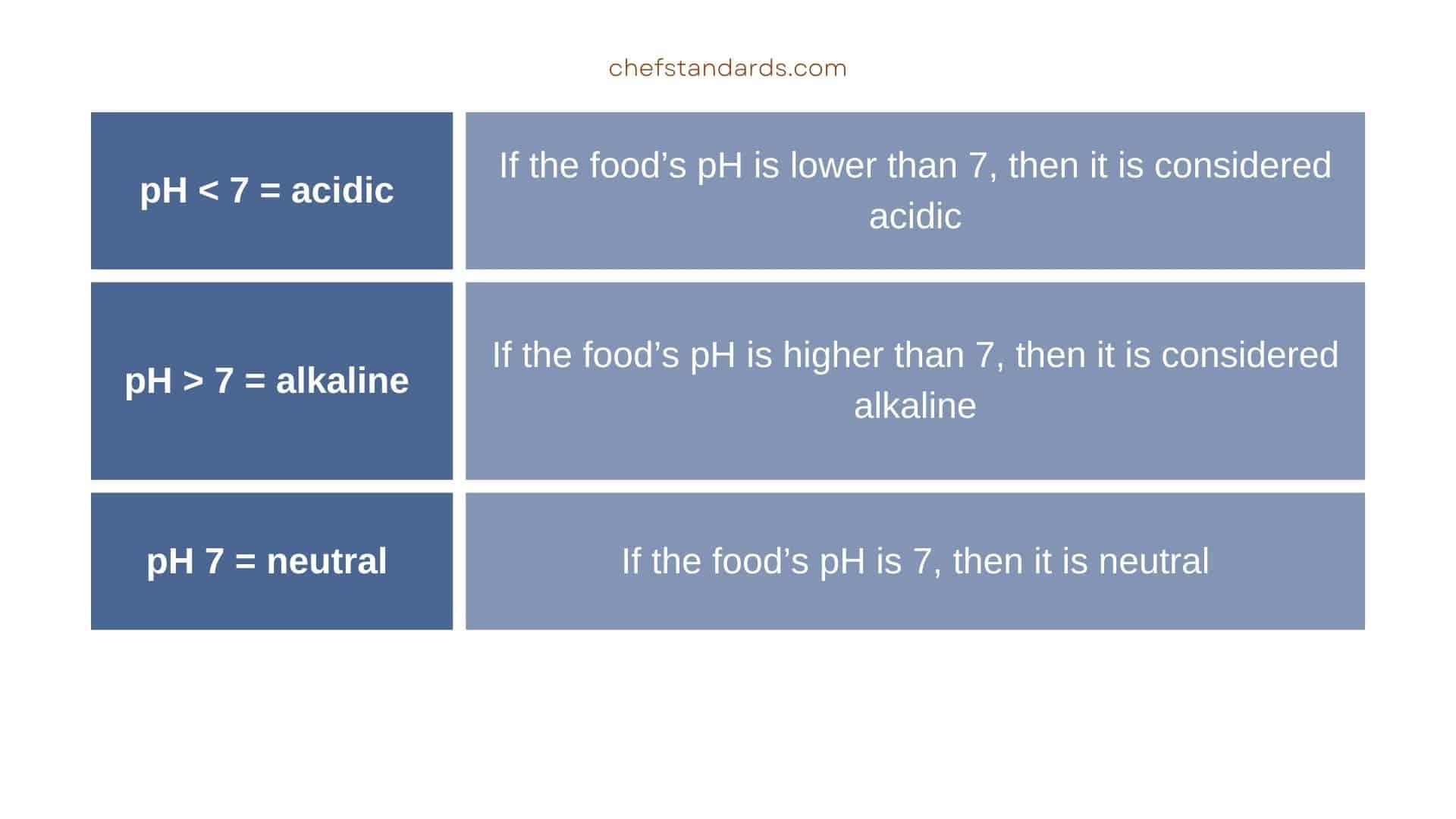
• Cooking red onions with acidic foods: If you cook red onions with acidic foods such as lemons, limes, oranges, plums, sugar, or fish, it will intensify their color.
• Cooking red onions with alkaline foods: If you cook red onions with alkaline foods such as soy foods, almonds, coconut oil, or mineral soda water, they will turn blue, green, or blue-green in color.
• Cooking red onions with neutral foods: If you cook onions with neutral foods such as raw cow’s milk, margarine, or oils, they will not change their color.
How To “Un-Blue” Red Onions That Have Turned Blue
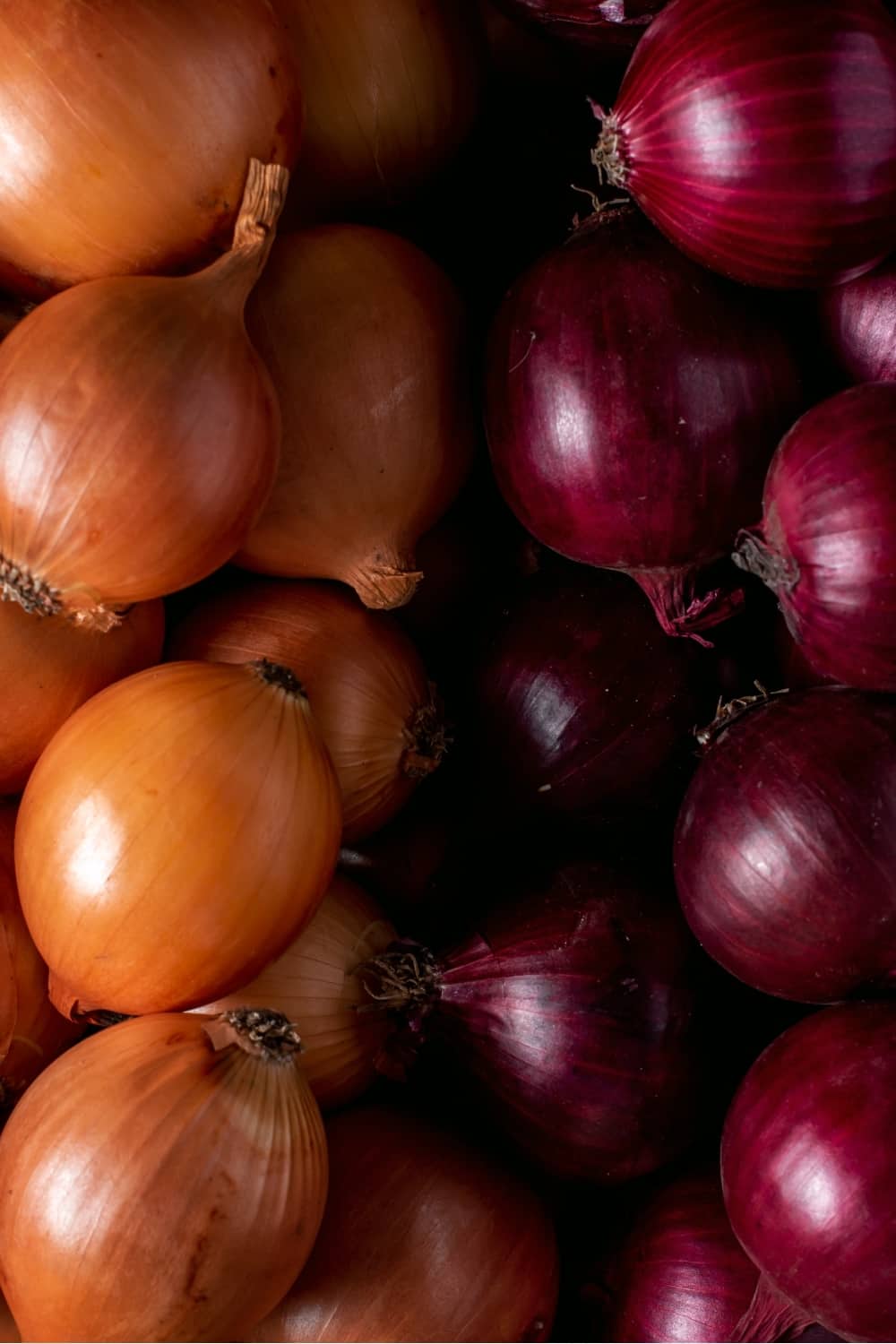
Red onions turn blue when they come in contact with alkaline foods. It is not a sign of spoilage, but some people don’t like them like that. Well, you can reverse the color of onions that turned blue by combining them with these acidic foods:
• Lemon juice: Worry not, adding lemon juice to red onions will not turn them into yellow onions. Instead, it will make the blue color disappear into thin air.
• Lime juice: If you don’t have lemons, you can also add lime juice to red onions and they will no longer be blue in color.
• Vinegar: Adding vinegar to red onions will also reverse their color, but you should be careful when using it because it might not pair well with every dish.
How To Bring The Blue Back
I don’t know why would someone want to bring the blue back, and I won’t even go into that. However, I feel obliged to inform you how you can achieve this in case you want to “go blue again”.
Just add a little bit of baking soda to red onions and they will become blue again! Now, I’m not really sure about the taste of red onions combined with baking soda. In my opinion, the taste will either be disgusting, or you’ll end up discovering a new tasty combo.
Whether you’re going to try this method or not, it’s entirely up to you. However, I definitely won’t recommend you use them as the side for a sandwich.
What Will Happen If You Eat Onions That Turned Blue?
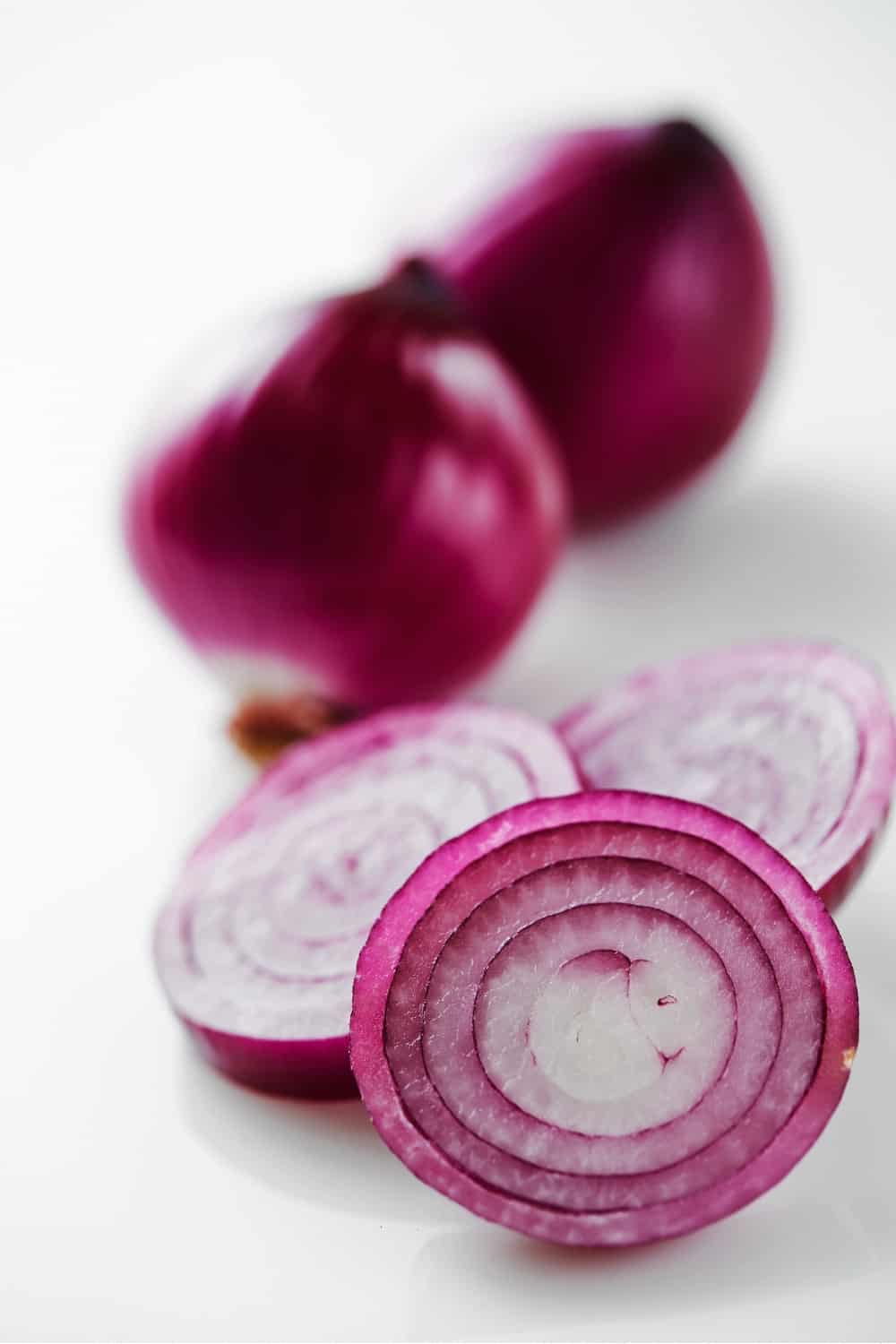
You may experience nausea or stomach issues… Just kidding! Nothing will happen if you eat onions that turned blue.
These onions aren’t spoiled but they are only discolored because they got into contact with alkaline elements (foods) that we talked about above.
So, yes, it’s completely safe to eat onions that turned blue but if the change of color bothers you, you can reverse their color by using the methods explained in the previous section.
Summary
Do blue onions exist?
– No, they don’t.
Why do red onions turn blue when you cook them?
– Red onions can turn blue if you cook them with alkaline foods such as soy foods, almonds, mineral soda water, and similar.
– How can you reverse the color of onions?
You can reverse the color of onions by adding some lime juice, lemon juice, or vinegar.
How can you bring the blue color back?
– You can bring the blue color back by adding some baking soda to red onions, but this is not recommended because it can alter the taste of your dish.
Is it safe to eat onions that turned blue?
– Yes, it’s completely safe to eat onions that turned blue because they are not spoiled but only discolored due to coming in contact with alkaline foods.
Are you satisfied with my answers?
a) Yes
b) Sure
c) Of course
Till the next time,
Aiden
